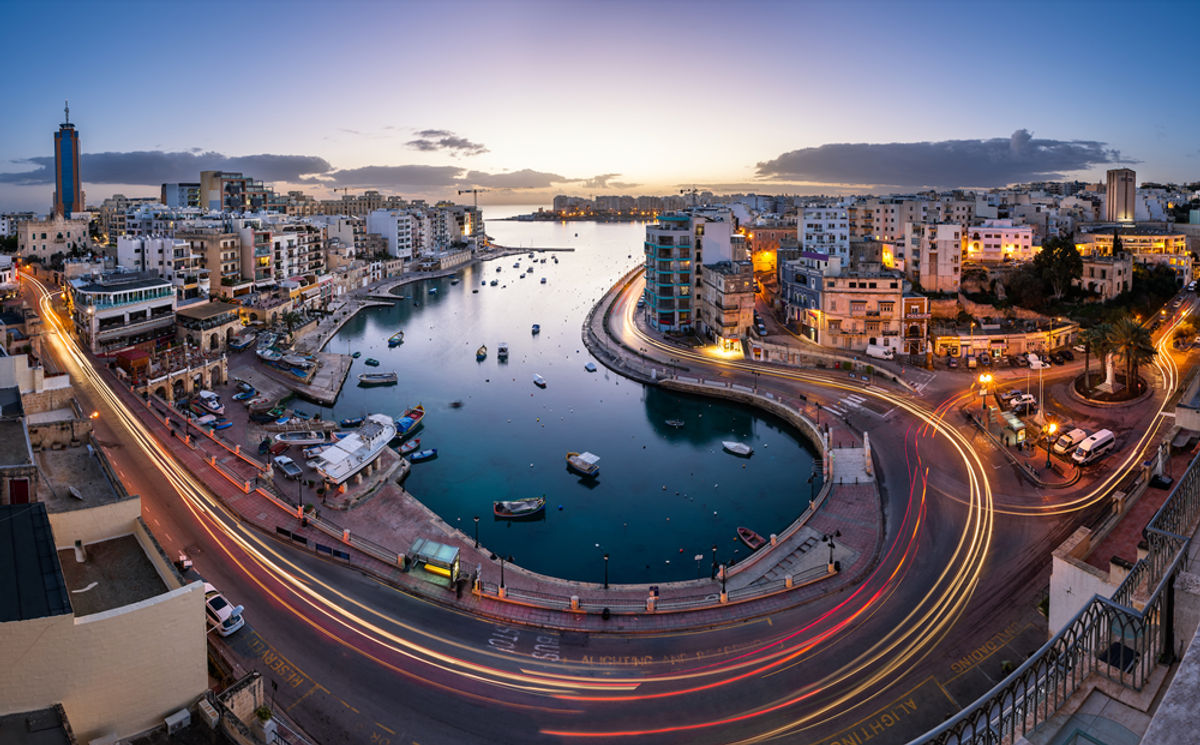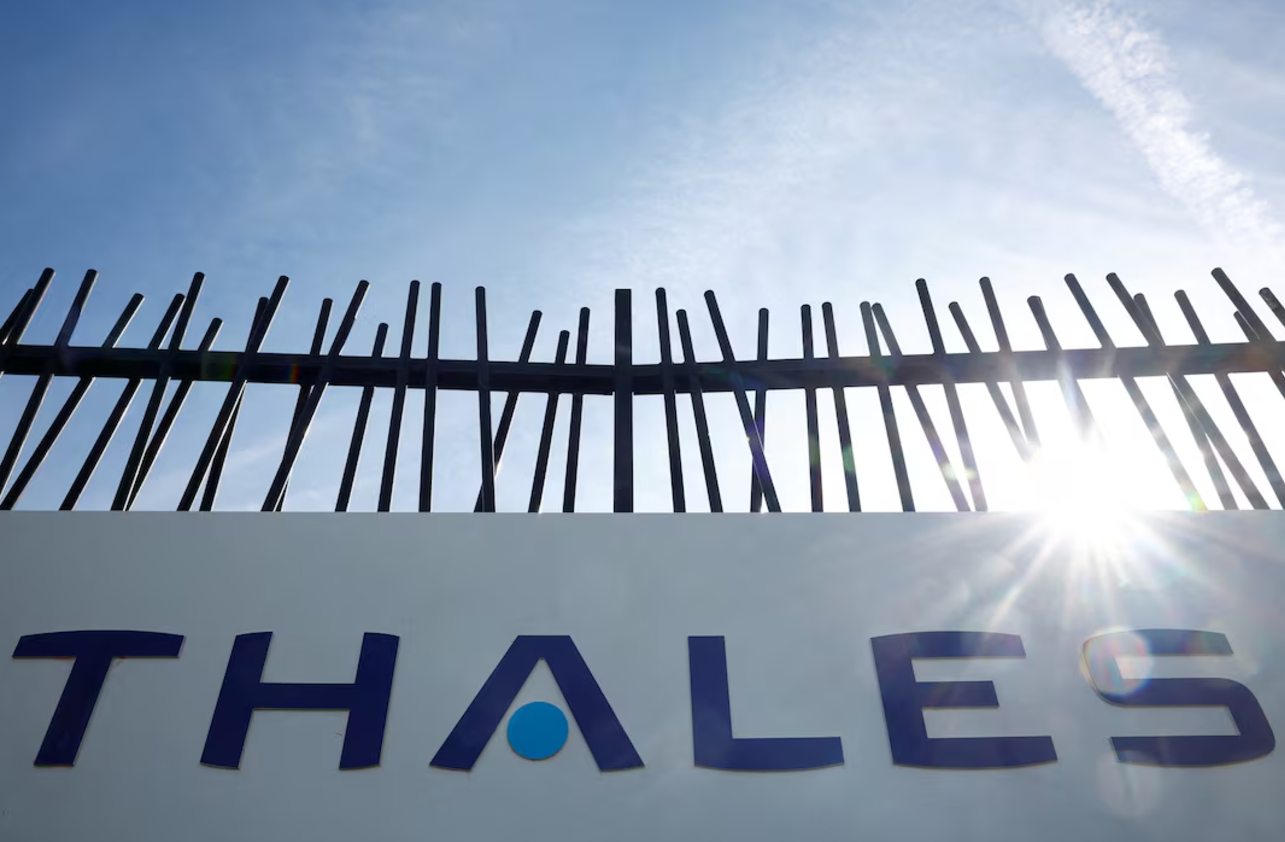Travel
Insider insights on MICE travel between Europe and Asia

Last month, German national carrier Lufthansa announced mixed results
for the second quarter of 2024, citing slower growth and a decline in
traffic across all regions, particularly noting reduced demand for its
flights to Asia.
Was Lufthansa’s performance affected by weaker travel demand between
Europe and Asia? And what knock-on effect will this have on other
airlines and future MICE travel from Europe to Asia?
MICE industry experts that M&C Asia spoke to paint a picture of mixed demand between the two continents.
Southern Europe emerges as MICE hotspot
Fernando Lonergan, senior director Australia & Asia Pacific sales
& solutions at BCD Meetings & Events, says the agency is not
seeing muted demand to/from Europe from a business events perspective.
While Lonergan observes that Europe as an incentive destination
appears to have softened slightly compared to last year, he says 2023 saw exceptionally high demand
as the first real opportunity for incentive programmes to return
post-Covid, albeit with smaller guest numbers, due to shorter lead times
and higher airfares.
“For summer 2024 Europe is still popular, however there is more
interest in southern Europe in destinations like Croatia, Malta and
Greece,” he says.
Malta, for example, is seeing a massive influx of MICE groups due to its climate, history, and quality of hotels and venues. It’s also great value for money prompting larger groups to favour this Mediterranean island.
Michelle Sargent, director, Australia & New Zealand, CWT Meetings & Events
It’s a view shared by Michelle Sargent, director, Australia & New
Zealand, CWT Meetings & Events. She says the agency is certainly
seeing clients steer clear of any European regions with geopolitical
issues. However, airfares to Europe are becoming more reasonably priced
as airlines increase their capacity and certain European destinations
are in high demand with groups from the APAC region.
“These include Malta, Italy, Spain and Portugal,” she says. “Malta,
for example, is seeing a massive influx of MICE groups due to its
climate, history, and quality of hotels and venues. It’s also great
value for money prompting larger groups to favour this Mediterranean
island.”
MICE headwinds blow in for Europe?
When it comes to outbound MICE travel from Europe to Asia, the
picture is mixed. “Inbound business event numbers to the region continue
to be strong,” says Lonergan. “Europe to Asia has always been a very
competitive airline corridor, and with the increased speed of new
aircraft deliveries, we are seeing more capacity added between Europe
and Asia, impacting airline yields.”
At the same time, Lonergan adds that European carriers face
competition against premium Asian and Middle East carriers such as
Singapore Airlines, Japan Airlines, Qantas, Emirates, Qatar Airways and
Etihad, all of which he says have a positive reputation for premium
travel.
On the other hand, Lorela Chia, founder and managing director of Gr8t
Dreams, says the European MICE and corporate travel market is
experiencing a significant shift, but it’s perhaps too early to tell
what long-term impact this might have.
The muted trend [from Europe to Asia] is primarily driven by ongoing geopolitical issues and economic uncertainties, such as the war in Ukraine and high inflation rates.
Lorela Chia, founder and managing director, Gr8t Dreams
“The muted trend is primarily driven by ongoing geopolitical issues
and economic uncertainties, such as the war in Ukraine and high
inflation rates,” she says. “However, there are deeper, more nuanced
factors at play, mainly due to growing sustainability considerations,
change in MICE behaviour and priorities.”
She adds that different economic conditions across European countries
are resulting in varied levels of demand for MICE activities.
“Companies facing economic pressures are more likely to scrutinise
travel expenses and prioritise essential travel only,” she says. “This
trend towards cost-efficiency and high ROI travel decisions is reshaping
the MICE landscape.”










